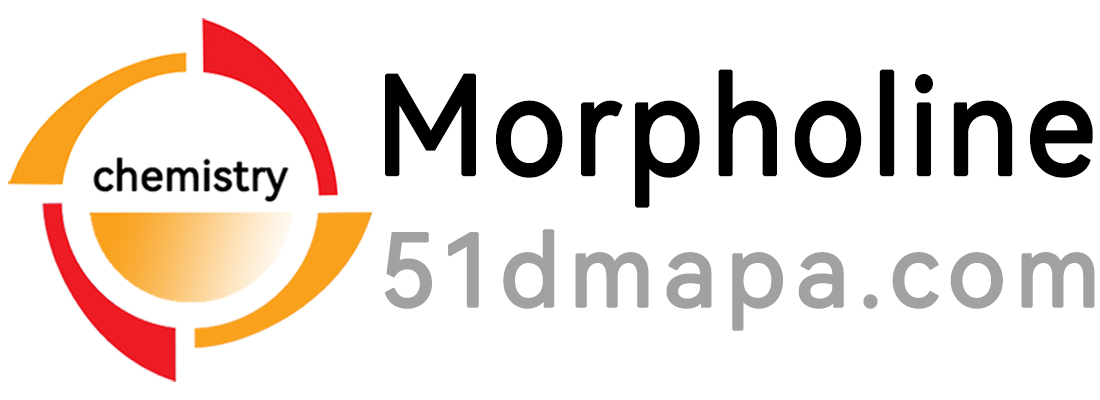
Structural formula
| Business number | 03FB |
|---|---|
| Molecular formula | C12H12N2 |
| Molecular weight | 184.24 |
| label |
1,2-Diphenylhydrazine, 1,2-Diphenylhydrazine, diphenylhydrazine, Hydrogenated azobenzene, 1,2-diphenylhydramine, hydrazophene, 1,2-diphenylhydrazine, 1,2-diphenyldiazane, Sym-diphenylhydrazine, HydrazobenzenE, 1,2-Diphenylhydrazine, 1,2-Diphenyldiazane, 1,1’-hydrazobis-benzen, 1,1’-hydrazodibenzene, 1,2-diphenyl-hydrazin, Benzene, 1,1′-hydrazobis-, aromatic compounds |
Numbering system
CAS number:122-66-7
MDL number:MFCD00003012
EINECS number:204-563-5
RTECS number:MW2625000
BRN number:639793
PubChem number:24867744
Physical property data
1.Character: flake crystal[1]
2. Melting point (℃): 131 (decomposition)[2]
3. Boiling point (℃): Decomposition[3]
4. Relative density (water=1): 1.16[4]
5. Critical pressure (MPa): 3.09[5]
6. Octanol/water partition coefficient: 2.94[6]
7. Flash point (℃): 230[7]
8. Ignition temperature (℃): 531 [8]
9. Explosion upper limit (%): 7.6[9]
10. Explosion lower limit (%): 0.72[10]
11. Solubility: Insoluble in water and acetic acid, slightly soluble in benzene, easily soluble in ethanol. [11]
Toxicological data
1. Tumor toxicity:
Oral TDLO in rats: 2620mg/kg/78W-C
Subcutaneous TDLO in rats: 5200mg/kg/52W-C
Mouse oral TDLO: 26gm/kg/78W-C
Mouse skin TDLO: 5280mg/kg/26W-I
Mouse subcutaneous TDLO : 8400mg/kg/38W-I
Oral TD in rats: 9820mg/kg/78W-C
Oral TD in rats: 36gm/kg/53W-I
p>
Subcutaneous TD in rats: 16gm/kg/1Y-I
Subcutaneous TD in rats: 6gm/kg/27W-I
2. Mutagenic toxicity :
Salmonella mutation test system: 10ng/plate
Mouse intraperitoneal DNA inhibition test system: 100mg/kg
Hamster ovary cell analysis test system : 14mg/L
Hamster ovary double chromosome exchange test system: 5mg/L
3. Acute toxicity [12] LD50: 301mg/kg (rat oral administration)
4. Irritation No data available
Ecological data
1. Ecotoxicity[13]
LC50: 1.2mg/L (24h), 0.27mg/L (96h) (blue gill sunfish); 8.1mg/L (24h), 4.1mg/L (48h) (water fleas)
2. Biodegradability[14]
Aerobic biodegradation (h): 672~4320
Anaerobic biodegradation (h): 2880~17280
3 .Non-biodegradability[15]
Photooxidation half-life in water (h): 31~1740
Photooxidation half-life in air ( h): 0.3~3
4. Bioconcentration[16] BCF: 29 (fish and crustaceans)
5. Other harmful effects[17] This substance is harmful to the environment and can cause pollution to water bodies and soil. It is also harmful to humans. Bioaccumulation occurs in important food chains, especially in aquatic circadian clocks.
Molecular structure data
1. Molar refractive index: 60.04
2. Molar volume (cm3/mol): 156.2
3. Isotonic specific volume (90.2K ): 420.6
4. Surface tension (dyne/cm): 52.5
5. Dielectric constant:
6. Dipole moment (10-24cm3):
7. Polarizability: 23.94
Compute chemical data
1. Reference value for hydrophobic parameter calculation (XlogP): None
2. Number of hydrogen bond donors: 2
3. Number of hydrogen bond acceptors: 2
4. Number of rotatable chemical bonds: 3
5. Number of tautomers: none
6. Topological molecule polar surface area 24.1
7. Number of heavy atoms: 14
8. Surface charge: 0
9. Complexity: 128
10. Number of isotope atoms: 0
11. Determine the number of atomic stereocenters: 0
12. Uncertain number of atomic stereocenters: 0
13. Determine the number of chemical bond stereocenters: 0
14. Number of uncertain chemical bond stereocenters: 0
15. Number of covalent bond units: 1
Properties and stability
1. Stability[18] Stable
2. Incompatible substances[19] Strong oxidants, strong acids, acid anhydrides, acid chlorides
3. Conditions to avoid contact[20] Heating
4. Hazards of aggregation[21] No aggregation
Storage method
Storage Precautions[22] Store in a cool, ventilated warehouse. Keep away from fire and heat sources. The packaging is sealed. They should be stored separately from oxidants, acids, and food chemicals, and avoid mixed storage. Equipped with the appropriate variety and quantity of fire equipment. Suitable materials should be available in the storage area to contain spills.
Synthesis method
There are two ways to obtain diphenylhydrazine from nitrobenzene. 1. Reduction with zinc powder; 2. Reduction with glucose and silicon powder.
Purpose
1. The pharmaceutical industry is used to produce the antipyretic and analgesic drug phenylbutazone; the dye industry is used to produce benzidine dyes, etc.
2. Used for the determination of arabinose and lactose. [23]



